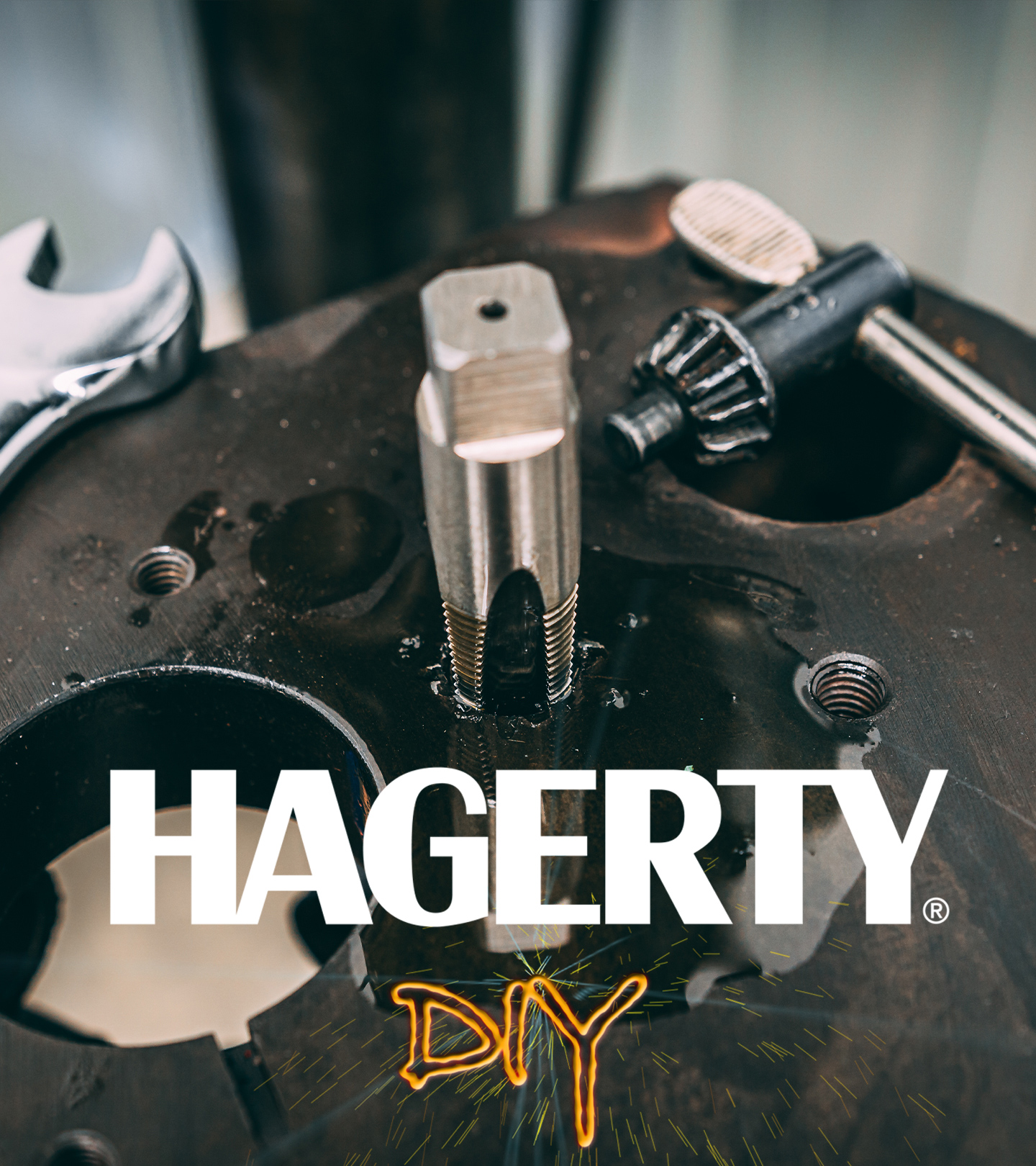We resorted to big hammers for our Buick 401 Nailhead Redline Rebuild - Hagerty Media
Want to know how we get gnarly, nasty, crusty engines from a decrepit state to a place where they’re able to be rebuilt? Check out the the third episode of Redline Update, where we take you behind the scenes as Davin tears down a Buick Nailhead 401 V-8 for the next Redline Rebuild video. The engine has been giving up the good fairly easy to this point, but now it is time to deal with the fact the pistons are locked solid in their bores.
This Nailhead’s piston rings and iron cylinder block oxidized together after years of neglect. Attempts at breaking the bond of this corrosion proved fruitless; no concoction of penetrant oils and time allowed the crankshaft to rotate.
“Those cylinders were soaking for the better part of a month.” Davin says, “but now that I’ve seen it with the cylinder heads off, I know that was never going to get this engine free.”
Given the tools required to get the aluminum pistons out of their bores, it would have been a might uphill battle to free this engine up with the cylinder heads still on. A few of the pistons come out in multiple pieces after a few rounds with the big hammer and even an air hammer, and almost all leave a defined ridge in the cylinder bore from the piston rings.
“I was surprised at how beefy the aluminum pistons were, they put up a heck of a fight.” Davin says. “The webbing cast under the domed tops and bracing the skirts is pretty wild compared to a small-block Chevy.”
The tall dome on the tops of the 401-cubic-inch Nailhead pistons were designed to increase compression and thus raise horsepower and torque output. The 364 Nailhead engines do not have such aggressively domed pistons, and have lower compression and engine output as a result. Buick was bound by the same rule as the other General Motors brands during the 1960s regarding displacement and vehicle size, effectively kneecapping many of its mid-sized cars, like the Wildcat, from becoming the muscle cars they could have been.
With the pistons and connecting rods extracted, the crank was the last thing to be liberated from this cursed engine block. Now it is off to the machine shop to see if the cylinder walls have enough meat on them to grind out the ridge left by the rusted piston rings.
If you want to stay tuned in to the latest happening on this Redline Rebuild, be sure to subscribe to Hagerty’s YouTube channel to receive update when each new update goes live. For exclusive members only livestream content and behind the scenes, along with a multitude of other benefits, make sure you join Hagerty Drivers Club.










